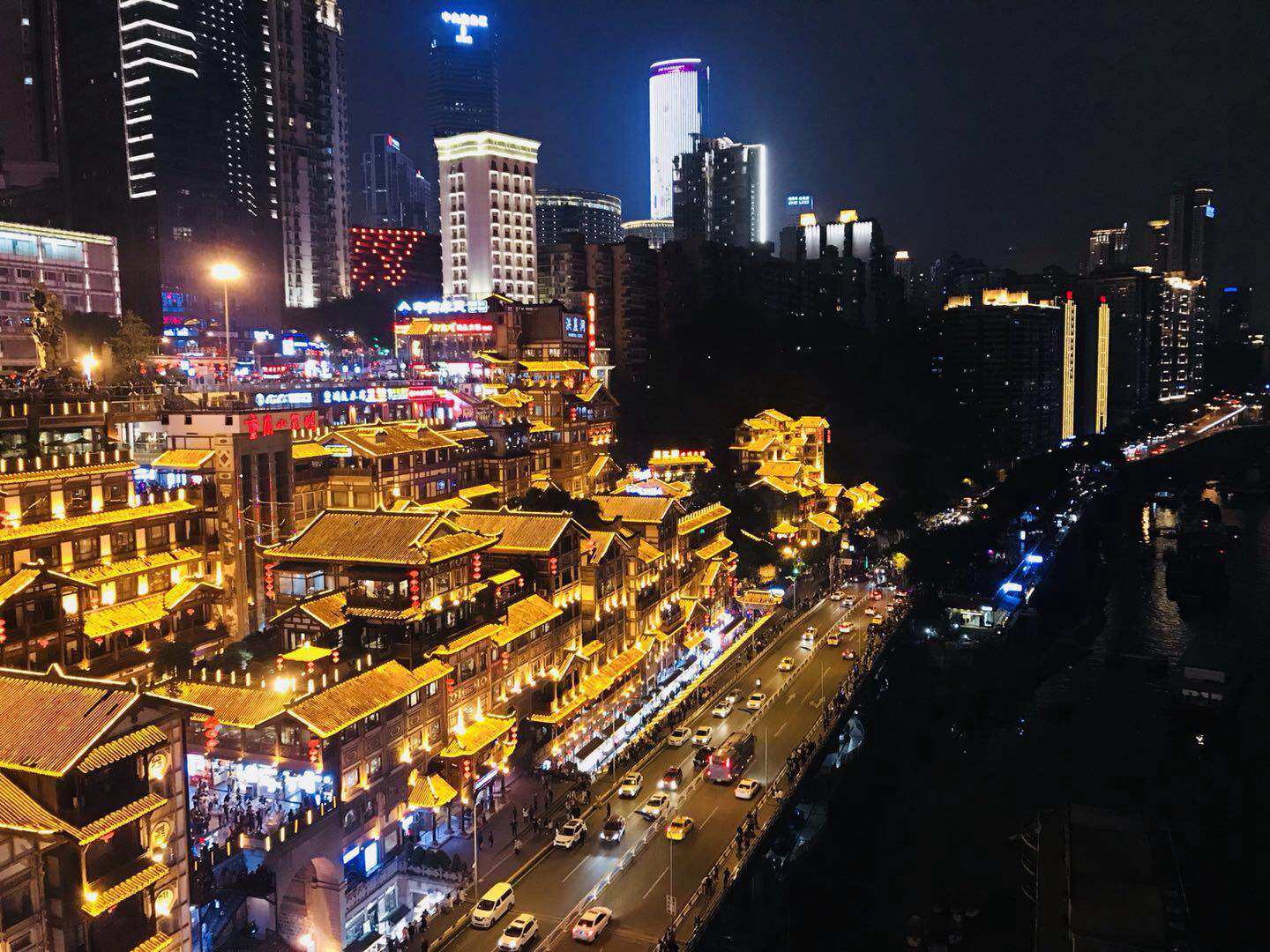Chongqing’s Strategic Location and Landscape
Chongqing’s unique mountainous terrain and location along major rivers have molded its history and development. Situated in the transitional area between China’s mountainous southwest and the Sichuan Basin, Chongqing municipality has an area covering over 82,000 square kilometers spanning mountains and valleys. With nearly 70% of China’s land area being mountainous, many cities are built amid rugged landscapes, and Chongqing’s mountainous city character developed partly as a strategic defensive location during wars. The city sits at the confluence of the Jialing and Yangtze Rivers, positioning it as an important connection point between eastern and western China.
Adapting to the Terrain
Construction in Chongqing has adapted to the steep, irregular terrain. Tall residential and office buildings are built into the sides of hills, with lower levels accessible from one street and upper levels requiring elevators to exit onto other roads far above or below. This patchwork construction spreads across the mountains and ridges. Rather than large-scale leveling, buildings work with the natural landforms.

A Hub of History and Culture
Chongqing’s strategic location also made it historically significant. During World War II, wartime capital of China Chongqing was the headquarters of Generalissimo Chiang Kai-shek’s Nationalist government and site of discussions between Chinese and Allied leaders. This cemented its modern importance. Traditional culture also thrives, like the ancient Yangtze River town of CiQiKou, whose twisting alleyways overflow with history. Modern culture mixes easily, from international DJ performances to local hot pot cuisine and tea culture.
A Trading Crossroads
Chongqing has long connected China’s interior to coastal regions via the Yangtze and Jialing Rivers. This trading role grew its economic importance over centuries. Ancient routes like the Tea Horse Road passed through the area, shuttling goods between Sichuan’s tea plantations and Tibet. Today, the city remains a major transport and manufacturing hub via rail, road and river shipments. Its central location will be pivotal for China’s Belt and Road Initiatives.
Contemporary Life in a Mega City
With over 30 million residents in the municipality and eight million in the main urban area, Chongqing truly ranks among China’s largest megacities. Yet unlike crowded Beijing and Shanghai, its mountainous layout prevents feeling overwhelmingly massive. Modern infrastructure like subways ease mobility, while a lower cost of living than other tier 1 cities allows for greater purchasing power.
Modernization with Character
Chongqing expertly blends new construction with traditional neighborhoods and culture. In just a few metro stops, one can visit ancient alleys like CiQiKou then arrive at the ultra-modern Jiefangbei financial district. World-class shopping malls, sports centers and other amenities populate the central areas alongside traditional architecture, temples and parks. Local pride in Chongqing’s identity ensures modern growth maintains the city’s character.
Vibrant Cultural and Nightlife Scenes
Chongqing’s scale supports thriving cultural offerings. Ancient Liangshan Yi ethnic songs and Sichuan opera share stages with international musicians at major performance venues. Artists and entertainers from across China are drawn to opportunities in the municipality. Neighborhoods like Hongyadong evolve eclectic nightlife districts with bars, live music and street food. EDM festivals attract top DJs, while outdoor activities range from hiking and cycling to boating on the rivers.
Dynamic Urban Energy
The scale and ambition of public projects like the Olympic Sports Center complex exude the dynamic energy of a city constantly reinventing itself. However, visits to parks and temples transport visitors to a more leisurely pace of village life still echoes in Chongqing’s rural outskirts. This eclectic mix of energies coexists comfortably and shows how tradition and modernity integrate in this uniquely positioned metropolis.
Welcoming People and Unspoiled Nature Nearby
Beyond its urban scope, Chongqing municipality surrounds natural areas still relatively unspoiled. The Three Gorges stretch westward, revealing forested mountains and terraced farmlands along the Yangtze. Nearby are historic towns like Fengjie, whose traditional stone architecture clings to steep hillsides.
Friendly Local Culture
Chongqing people are known across China for their hospitality and friendliness towards outsiders. Despite some stereotypes of quick tempers, residents openly welcome visitors and newcomers. Their pride in Chongqing’s accomplishments blends with down-to-earth manners reflecting the city’s working class roots. This welcoming local culture makes navigating China’s largest municipality a pleasant experience.
In summary, Chongqing shows how scale, adaptability and cultural preservation have allowed a mega city to retain character. Its vibrant culture, history and natural beauty make it well worth exploring for any visitors to southwest China seeking an authentic urban Chinese experience. Chongqing’s central location and proven resilience will continue elevating its stature nationally and globally in the decades ahead.

:max_bytes(150000):strip_icc()/moscow-kremlin-and-st-basil-cathedral-at-dusk-158200423-5a64f4594e46ba00377331fb.jpg) My Experience Visiting Moscow, Russia
My Experience Visiting Moscow, Russia